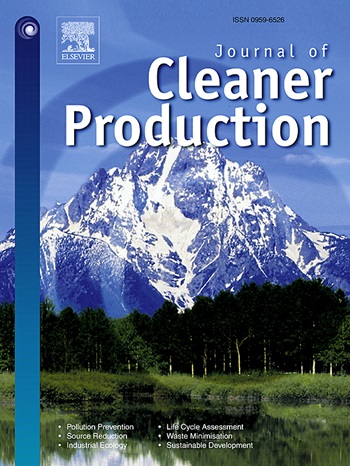Techno-Sustainable Analysis of Circular Economy-Indicators for Corporate Supply Chains
IF 9.7
1区 环境科学与生态学
Q1 ENGINEERING, ENVIRONMENTAL
引用次数: 0
Abstract
Circular economy indicators can help companies track their production and develop products that meet the requirements of a circular economy. Those indicators not only cover sustainability aspects but also technical aspects of circular economy measurement. This work considers both the classic pillars of sustainability—environmental, economic, and social—and the technical aspects of a circular economy within a techno-sustainable analysis. Although existing frameworks and metrics exist on the micro (company) and nano (product) levels, a standard for creating sets of circular economy indicators still needs to be developed. To help practitioners monitor their CE progress using indicators suitable for their requirements, a comprehensive framework for existing circular economy indicators at the product and company level is conducted, and a Database with all identified indicators is provided. The indicators are categorized following the techno-sustainable pillars and addressed supply chain stages to enable selection according to the applicant's specific requirements. To simplify the selection process and to identify research hotspots, indicators that measure similar or identical aspects are grouped and generalized. Moreover, a SMART+ method is introduced to evaluate the feasibility of possible CE indicators.798 individual indicators are extracted from the literature and categorized according to the Techno-Sustainable Analysis. Furthermore, they are classified into nine supply chain-oriented categories. The Environmental and Technical pillars are the most frequently represented, which confirms the relevance of the technical aspects of circular economy indicators. The shares of the indicators assigned to the individual pillars and hierarchy levels differ significantly depending on the life cycle stage under consideration. 67 generalized indicators are derived from indicators measuring similar or identical circular economy aspects, and calculation formulas are presented. A demonstration case of a ceramic matrix composites producer demonstrates creating an indicator set based on the provided 4-step action recommendation. This approach combines the provided indicator pool with the generalized indicators and the SMART+ method to create individually adjusted sets. In conclusion, this paper provides a detailed analysis of existing CE indicators and demonstrates how users can create application-specific indicator sets based on this research.

求助全文
约1分钟内获得全文
求助全文
来源期刊

Journal of Cleaner Production
环境科学-工程:环境
CiteScore
20.40
自引率
9.00%
发文量
4720
审稿时长
111 days
期刊介绍:
The Journal of Cleaner Production is an international, transdisciplinary journal that addresses and discusses theoretical and practical Cleaner Production, Environmental, and Sustainability issues. It aims to help societies become more sustainable by focusing on the concept of 'Cleaner Production', which aims at preventing waste production and increasing efficiencies in energy, water, resources, and human capital use. The journal serves as a platform for corporations, governments, education institutions, regions, and societies to engage in discussions and research related to Cleaner Production, environmental, and sustainability practices.
 求助内容:
求助内容: 应助结果提醒方式:
应助结果提醒方式:


